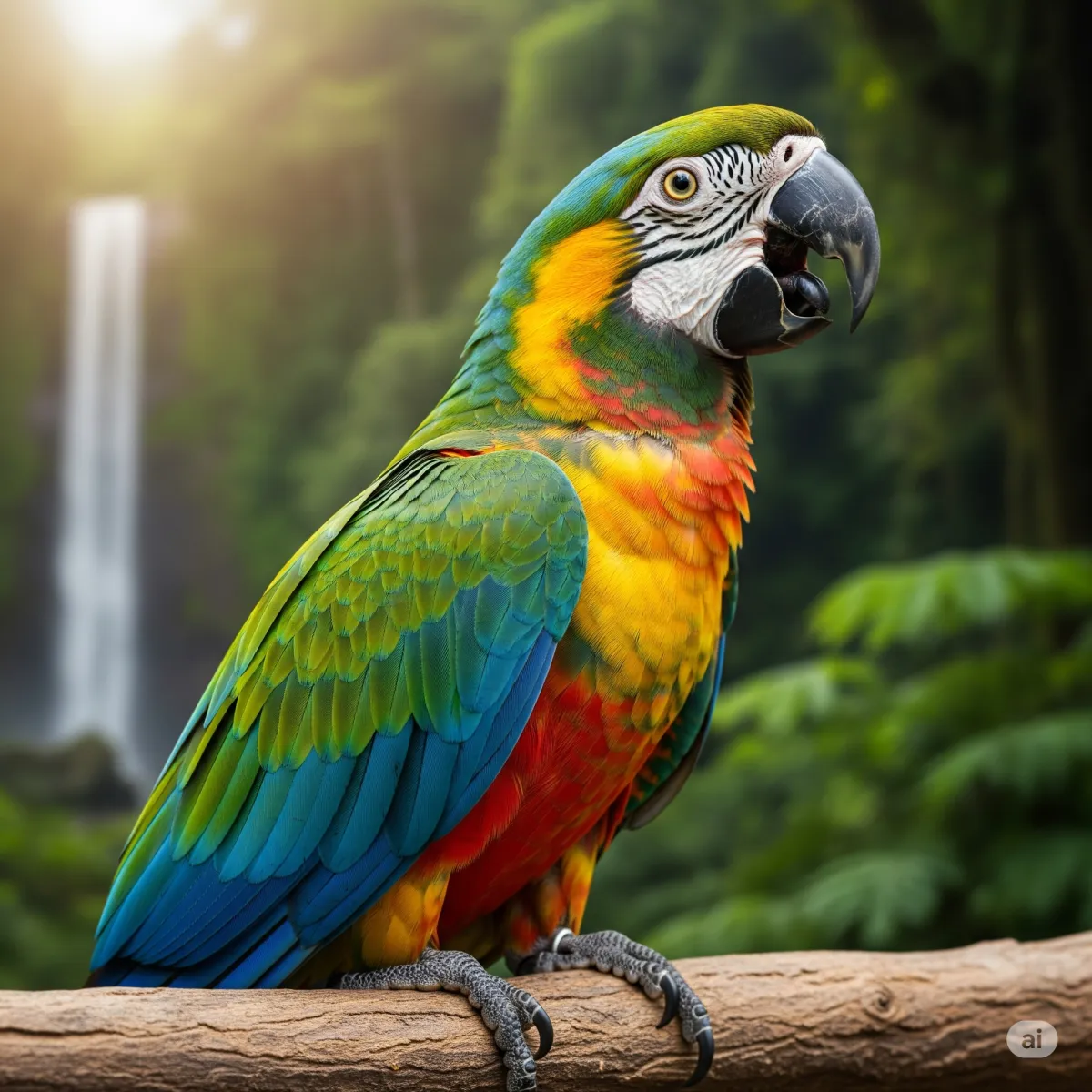Brief review of Bird Conservation

A World in Peril - An Expanded Look at the Importance of Bird Conservation
Birds are not merely beautiful and captivating creatures; they are also essential components of healthy and functioning ecosystems. From their roles as pollinators and seed dispersers to their control of insect populations and their sensitivity to environmental changes, birds are integral to the delicate balance of nature. However, the avian world is facing unprecedented and escalating threats, leading to significant population declines and even extinctions at an alarming rate. In this final part, we will delve deeper into the critical importance of bird conservation, examining the multifaceted roles birds play in our ecosystems, the severe threats they face, and the urgent actions needed to protect these vital members of our planet's biodiversity.
Why Bird Conservation Matters: The Multifaceted Roles of Birds in Our World
The importance of bird conservation extends far beyond the aesthetic appeal of their beauty and songs. Birds play a multitude of crucial roles in maintaining healthy and resilient ecosystems, and their decline can have far-reaching consequences:
Pollination: The Winged Messengers of Plant Reproduction: Many bird species, particularly those that feed on nectar, are important pollinators for a wide range of plants, including many commercially important crops. As they move from flower to flower, they transfer pollen, facilitating plant reproduction and ensuring the continued health and diversity of plant communities. The decline of these avian pollinators can have significant impacts on plant reproduction and agricultural yields.
Seed Dispersal: The Mobile Gardeners of the Planet: Fruit-eating birds play a vital role in seed dispersal, helping to maintain plant diversity and regenerate forests. By consuming fruits and then depositing the seeds in other locations, often far from the parent plant, they act as mobile gardeners, facilitating the spread of plant species and contributing to the health and resilience of ecosystems.
Insect Control: The Natural Pest Controllers: Many bird species are insectivores, consuming vast quantities of insects, including many that are considered pests. By controlling insect populations, birds help to protect crops, forests, and human health. The decline of these natural pest controllers can lead to increased reliance on chemical pesticides, with potentially harmful consequences for the environment and human health.
Indicators of Environmental Health: The Sentinels of Change: Birds are often highly sensitive to changes in their environment, such as habitat loss, pollution, and climate change. Monitoring bird populations can provide valuable insights into the overall health of ecosystems, acting as early warning signals of environmental degradation. Declining bird populations can indicate that something is amiss in the environment, prompting further investigation and action.
Threats to Bird Populations: A Looming Crisis
Despite their importance, the avian world is facing unprecedented and escalating threats, leading to significant population declines and even extinctions at an alarming rate. The primary threats to bird populations globally include:
Habitat Loss and Degradation: The Vanishing Homes of Birds: The conversion of natural habitats, such as forests, wetlands, and grasslands, for agriculture, urbanization, and infrastructure development is the single largest threat to birds worldwide. As their habitats disappear, birds lose their homes, their feeding grounds, and their breeding sites, leading to population declines and local extinctions.
Climate Change: The Shifting Landscapes of Survival: Rising temperatures, altered precipitation patterns, and increased frequency of extreme weather events, such as droughts, floods, and storms, can disrupt bird migration patterns, breeding cycles, and food availability. Many bird species are struggling to adapt to these rapidly changing conditions, leading to population declines and range shifts.
Pollution: The Poisoned Skies and Lands: Pesticides, herbicides, and other pollutants can directly harm birds, poisoning them or contaminating their food sources. Plastic pollution poses a growing threat, particularly to seabirds, which often ingest plastic debris, mistaking it for food.
Invasive Species: The Uninvited Guests: Introduced predators, competitors, and diseases can have devastating impacts on native bird populations, particularly on islands, where birds have often evolved in the absence of such threats.
Overexploitation: The Unsustainable Harvest: Unsustainable hunting and the illegal wildlife trade continue to threaten many bird species, particularly those that are prized for their feathers, their meat, or their value as pets.
Collisions: The Perils of the Modern World: Birds frequently collide with buildings, windows, power lines, and wind turbines, resulting in significant mortality. These collisions are often preventable with careful planning and mitigation measures.
The future of the avian world depends on the actions we take today. By understanding the challenges birds face and working together to implement effective conservation strategies, we can help ensure that these feathered wonders continue to enrich our planet, play their vital ecological roles, and inspire future generations with their beauty and wonder. The time to act is now, to protect the birds and the world we share.